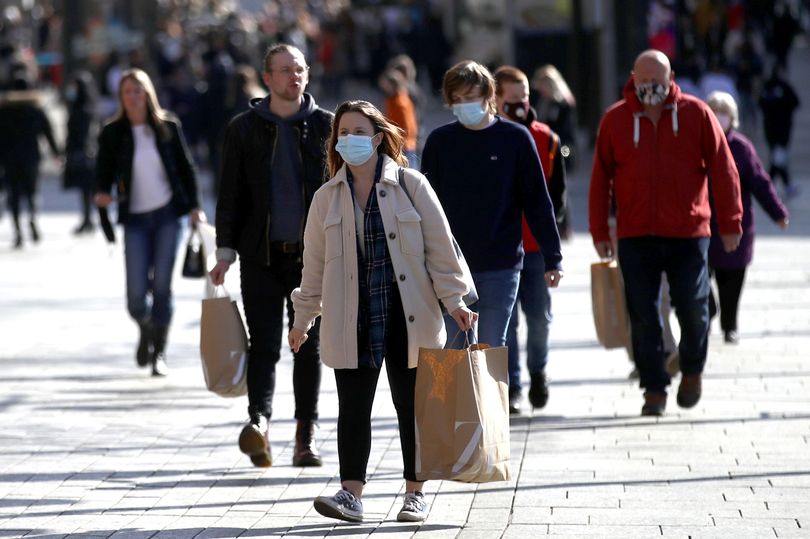People wearing masks outside can make you feel intimidated. You are often left wondering why they are sporting one when the chances of infection there are very slim.
For some people it’s probably a security blanket – but is there any science to back up the habit? Well, there’s controversy even among scientists, with clear yes and no camps. Arguments are illuminating.
In the yes corner there are collaborators Babak Javid and Dirk Bassler of California University, and Manuel Bryant of Zurich University.
They argue in the BMJ for a “nuanced approach” to mask wearing, meaning doing it according to the circumstances you find yourself in.
They aren’t arguing that outdoor transmission is risky.
But outdoors in a crowd, where the concentration of the virus may be high, is somewhere you might want to consider wearing one.
Staying in such an environment for any length of time might be an incentive to cover your face.
“If you’re wearing masks, you can probably tolerate a shorter distance between people,” Javid says. “If you’re outdoors you can be closer. If you’re indoors, distance by itself won’t be protective.”
Babak Javid is arguing from experience. He lives in the San Francisco Bay area, which implemented one of the earliest and strictest public mask mandates, resulting in the lowest mortality risk from Covid-19 of any American city.
Up until recently in this region, wearing masks outdoors had been mandated if you met people not in your household.
It led to extremely high compliance with mask wearing not only outdoors but also indoors, where most transmission risk exists.
The no camp are led by Muge Cevik, of St Andrews University, Zeynep Tufekci, of North Carolina University and Stefan Baral of Johns Hopkins School of Medicine.
They say, given the low risk of transmission, recommendations for outdoor masks may seem arbitrary, affecting people’s trust in government policies.
It may also raise confusion about the main Covid risk, which is indoors.
Less than 10% of reported cases are from outdoor transmission, and those are typically following prolonged close contact where people mix both indoors and out.
Outdoor air with its natural ventilation contributes very little to Covid-19 epidemics. But modelling suggests that droplets may travel an average of five feet with face covering, but 12-30feet when masks aren’t worn.
It is why physical distancing matters.
When an infected person isn’t wearing a mask, the virus can remain for many hours in floating aerosols. Think of a smoky room.

